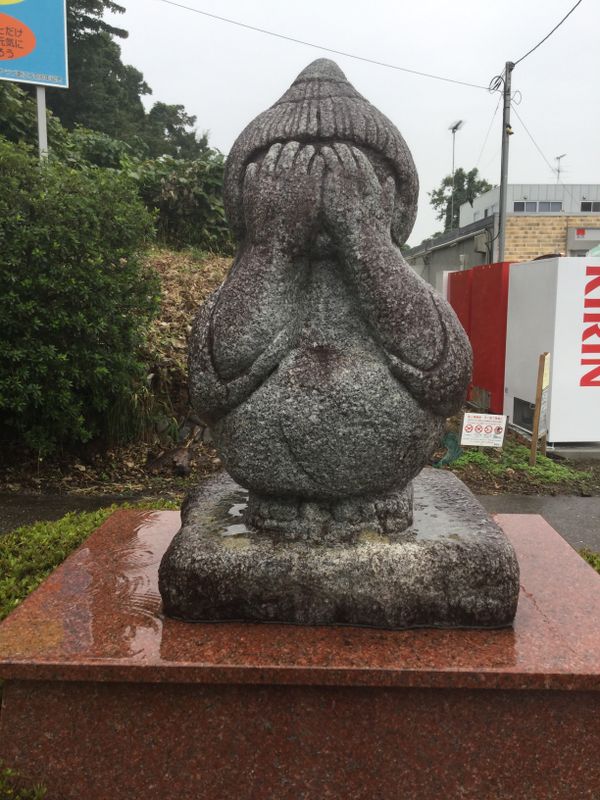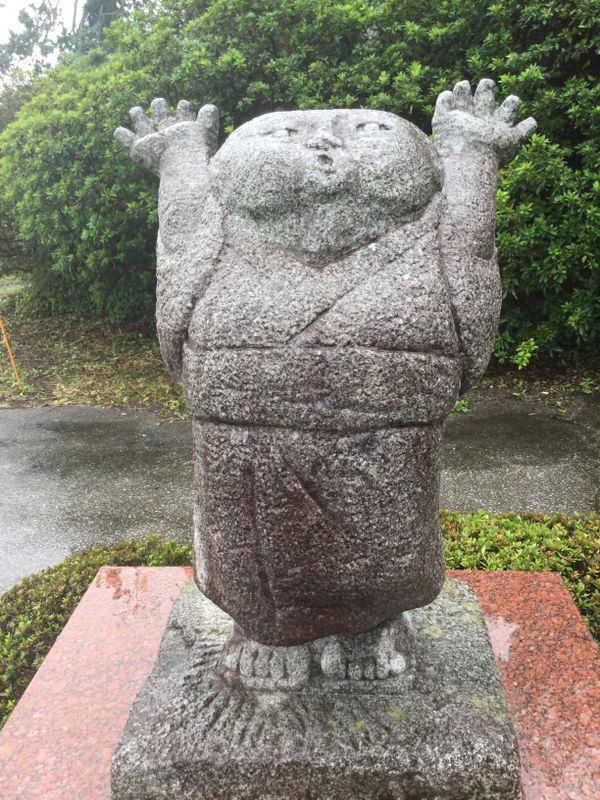Oct 17, 2018
How to play traditional and modern tag games
Gallery
Do you play tag with your own children? Do you watch your children play? Maybe you work with children and play during break times. Japanese culture has a great many variations of tag and circle games that are familiar to people all over the world, and yet some are unique to Japan, and have mysterious origins.
Classic Japanese Tag Games
In Japan, the person in a tag game who is "it" is referred to as "Oni", or demon. That person has to tag the next player. Classic and simple "Hide and Seek" is called "Onigokko" in Japan. Just like your childhood game, the "Oni" counts down while the players scatter. The "Oni" then must hunt down and touch a player, who becomes the next "Oni". Then the count down begins again.
A variation is Iro-Oni, Color Tag, where the person who is "it" calls out a color and then counts down. The "oni" chases the players attempting to tag them. If the players can touch the designated color in the playground, they are safe. If they don't escape in time, they are touched and become the next "Oni". Freeze Tag, is called "Koori Oni" in Japan. The rules are the same as you remember. The person who is "it", or Oni, tags players and the players must freeze in place. They can be released by other players who escape the clutches of the "Oni".
Another nostalgic game widely played in Japan is referred to as "Dorokei", Robbers and Cops. Half of the group are robbers, and the other half are police. The whole group designates a jail, "rooya", where the robbers go after they have been tagged. Brave robbers can approach the jail and release their robber friends. The game can go on and on. There are many regional variations of this game.
A game that used to be widely played in Japan is similar to "Kick the Can". A can or container with rocks in it is placed in an open area. The "oni" counts down and all players scatter. If someone is tagged by the "oni", they go to the designated jail. If free players can kick the can over, making a big noise, all players in the jail are released. The few Japanese people I have met who remember playing this game are in their 60s. Maybe it's a game you could revive with your children, neighbors or students.
Games You can Play Indoors
Some games are played in close quarters, such as "Fruit Basket". All players sit on chairs or on the floor. One child is the "Oni" in the middle. Each child has a designated fruit or word. When the "Oni" calls that word, all children with that designated word change seats, and the "Oni" tries to take over a vacated seat. The child that misses the timing becomes the next "Oni". Those of you who work in schools may have played this in your classrooms as a way to review English vocabulary such as fruits or animals.
A Game with a Mysterious Rhyme
Some tag games in Japan have unique and curious songs and rhymes associated with them. A peculiar one is "Kagome Kagome", known widely throughout Japan, and supposedly with its origins in Noda City, Chiba Prefecture.
"Kagome Kagome" is a circle game. All players circle and join hands. The "Oni" sits in the middle with his or her eyes covered. The players chant a song. When the song ends, the "Oni" must guess who is directly behind them. If they guess correctly, that person becomes the new "Oni".
The most common version is:
かごめかごめ 籠の中の鳥は Kagome kagome / Kago no naka no tori wa
いついつ出やる 夜明けの晩に Itsu itsu deyaru / Yoake no ban ni
鶴と亀が滑った Tsuru to kame ga subetta.
後ろの正面だあれ Ushiro no shoumen daare
Loosely translated:
The basket, the basket, the bird in the basket,
When will you come out? In the evening of the dawn
The crane and the turtle slipped up
Who is it behind me now?
Kagome can refer to the holes, or eyes, in the woven basket. But it could also easily be a mishearing of "kakome", surround. Some people say "kagome" is a homophone for a pregnant woman. The mystery deepens.
The lyrics get more mysterious the more you look at them. The crane and the turtle are traditionally symbols of good fortune. Their slipping up could indicate misfortune, or even death. What does that suggest for the "bird" in the "basket", perhaps the womb?
The final line, "Ushiro no shoumen daare" is peculiar as it literally says, "Who is it behind my front?" Could it be a reference to a person in a position of power? Or the severed head of an executed prisoner looking back at his own corpse? Or is it just an innocent child's way of expressing, "Who is behind me?"
Noda City claims to be the place of origin of this song. The song is commemorated at the approach to Shimizu Park with two statues and plaques.

The "Oni" covering his or her eyes.

The child behind the "Oni" revealing himself.
At Kikuya, the traditional sweets shop in Noda City, you can savor a sweet called "Nodakko", Child of Noda. The sweets shop has the verse of Kagome Kagome on the side of their delivery van and on the wrappers for their signature sweets.
You can play the game in the park and have a sweet snack after.



0 Comments